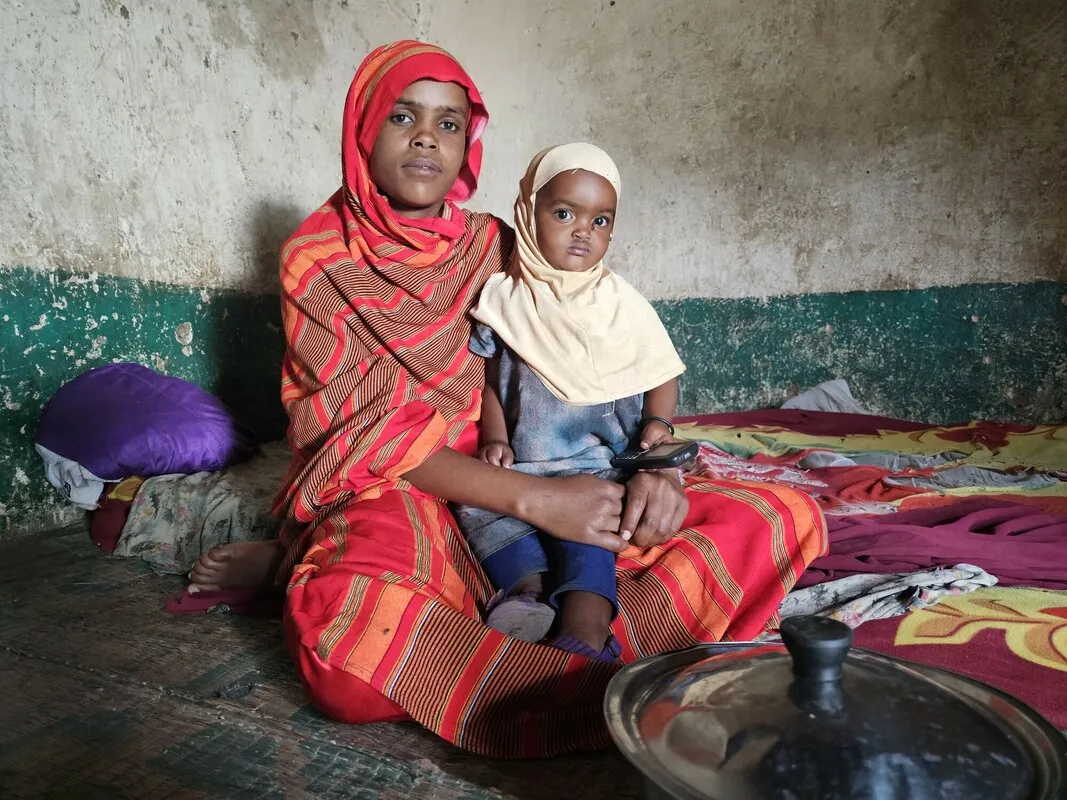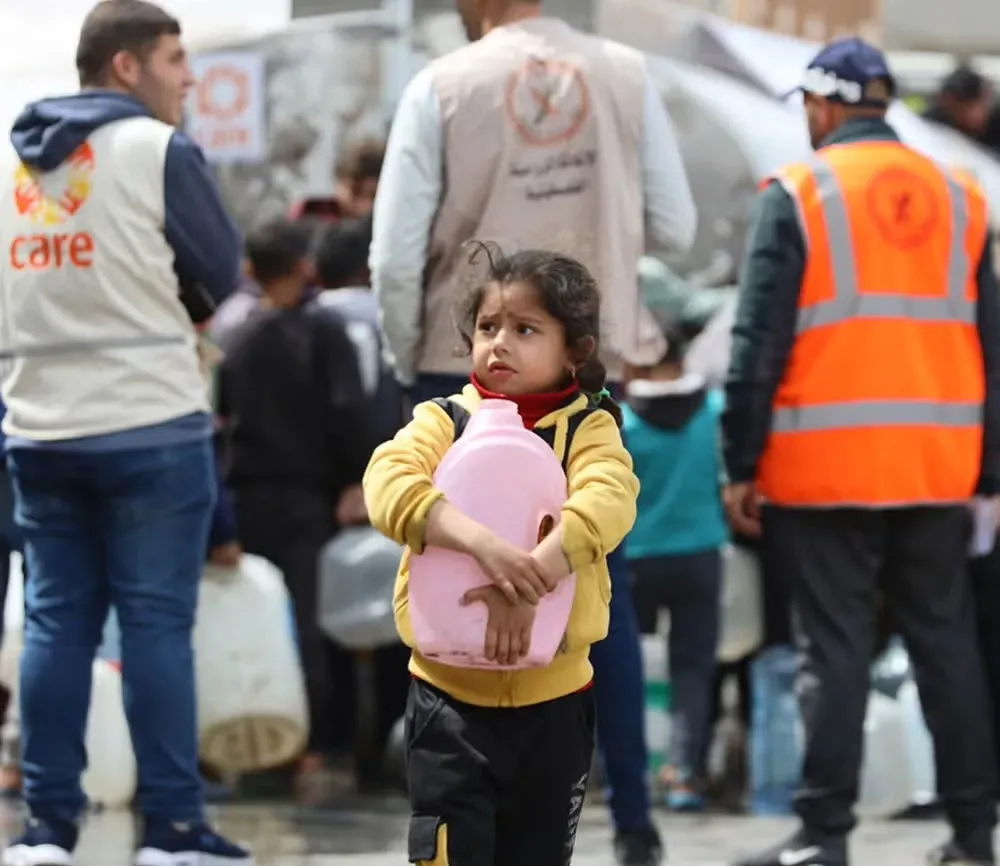About the crisis in Ethiopia
In Ethiopia, millions of people have been forced to leave their homes as they flee inter-communal violence. The humanitarian situation continues to deteriorate in the northern part of Ethiopia, as conflict with the Tigray People’s Liberation Front (TPLF) continues to aggravate food insecurity, generate displacement, and disrupt livelihoods. In some areas, ongoing fighting has significantly affected humanitarian activities.
Recurring droughts and floods have led to widespread food insecurity and malnutrition, as well as disease outbreaks due to poor water, sanitation, and hygiene in displaced communities.
Desert locust infestations affecting the region have affected Ethiopia for two years, leading to higher crop losses. If not controlled immediately, the desert locusts could cause even higher levels of food insecurity.
These crises are exacerbated by the COVID-19 outbreak, which surged in the country in March/April 2021.


